Samsung Epic 4G vs HTC EVO 4G

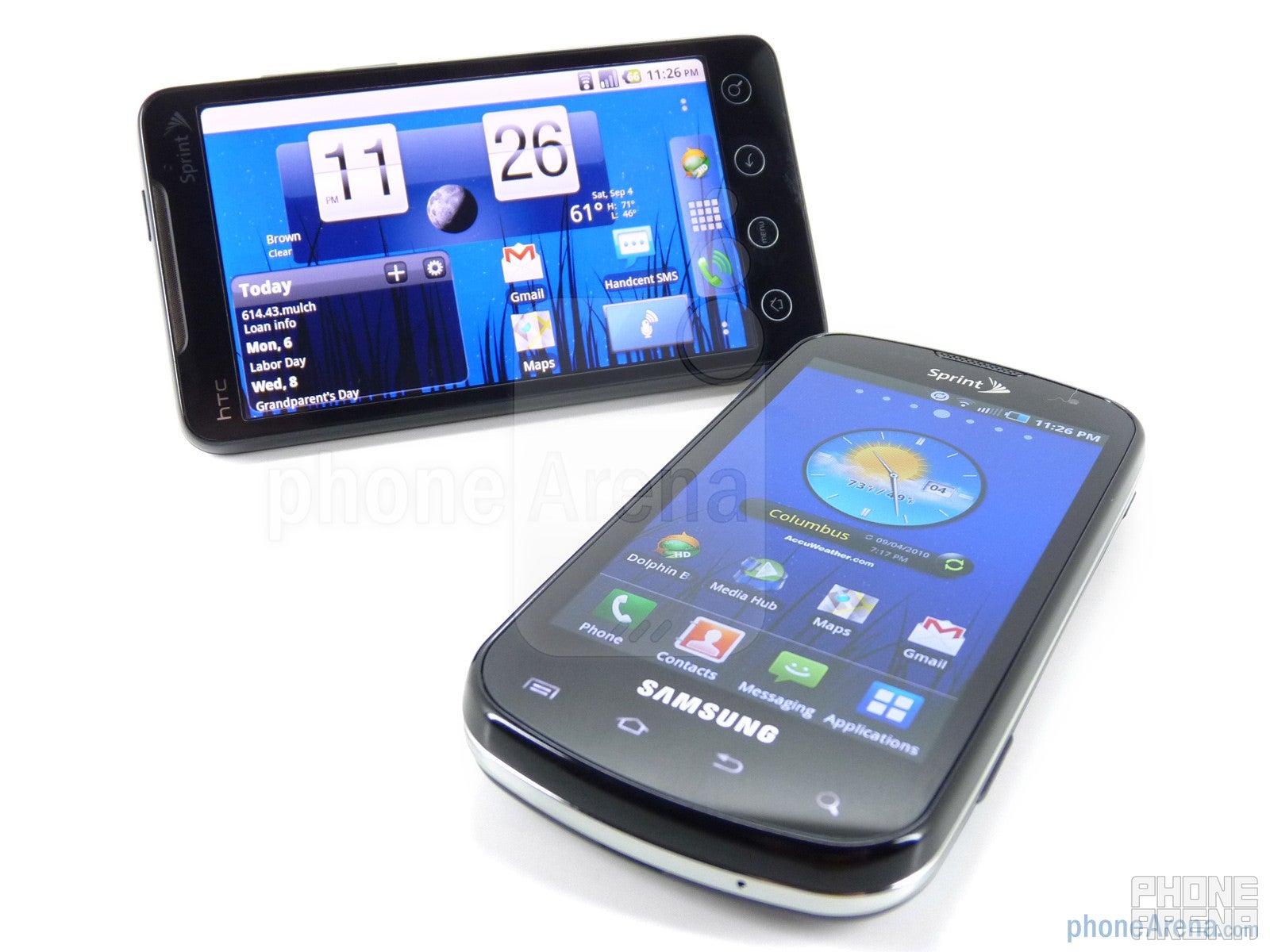
Samsung Epic 4G next to HTC EVO 4G
Not content to rest on its laurels, Sprint has released its second 4G device, the Samsung Epic 4G. This follows the immensely popular HTC EVO 4G, which the carrier still cannot keep in stock more than three months after launch. Both next generation devices offer large displays, dual cameras, Android and several other high-end features. The most obvious difference between the two is the Epic's hardware keyboard versus the full touchscreen EVO, but what else separates the two? Read on to find out.
Design:
With its slide-out QWERTY keyboard the Samsung Epic 4G measures in at a few millimeters thicker than the HTC EVO, but is also a bit narrower which translate to a more comfortable feel in portrait mode. The skinnier EVO is more comfortable in the pocket and when held in landscape mode. The size difference is much less than we expected though, and no dimension varies by more than 2mm.
Both feature a large touchscreen; the EVO has a 4.3" TFT LCD while the Epic sports a smaller 4" Super AMOLED panel. The EVO has a very good screen, one of the best on the market, but the Super AMOLED displays on the Galaxy S phones are the standard right now. Colors are so much more vibrant and the blacks are much deeper than on any display we've seen before. Watching the same video side by side, the EVO's TFT display is obviously inferior.
HTC gets the edge on build quality, but that is not to say that the Samsung is cheap. The EVO measures in at 6oz- quite a hefty phone- but as a larger device the weight is well distributed. It feels quite comfortable and the weight gives the HTC EVO 4G a premium feel. The Samsung Epic is 5.46oz, and while on paper that may not seem significantly different than the EVO it is immediately apparent when you hold the two devices. The Epic 4G feels light and airy; the EVO 4G is noticeably weighted like a good shift knob. With no moving parts the EVO 4G feels a bit more solid, but the spring-loaded slider on the Samsung Epic is quite nice. It offers a good amount of initial resistance but then snaps open or closed.
We like the kickstand, we’ll be honest. It may seem like a little touch, and it is, but it just makes things easier. We found ourselves missing it on the Epic 4G more than one would think. There is an optional media dock available for the Epic which puts it at the proper viewing angle, but the kickstand on the EVO 4G is so much more convenient.
Overall we prefer the feel and materials HTC uses on the EVO. Despite a Gorilla Glass screen on the Epic 4G the phone feels a bit plasticy all around whereas the EVO 4G just feels solid. This is our personal preference however, and not an indictment of the Epic 4G. Both are very well constructed phones, and keep in mind that we are comparing a Ferrari and an Aston Martin, not a Ferrari and a Ford.
Samsung Epic 4G 360 Degrees View:
HTC EVO 4G 360 Degrees View:
Interface and Features:
Both devices run Android; the HTC EVO has been upgraded to 2.2 while the Epic 4G is still running 2.1 with a promised 2.2 upgrade in the near future. HTC and Samsung have each chosen to run their custom overlay on top of the OS; HTC uses Sense while Samsung relies on their TouchWiz 3.0 interface. Neither phone needs it really.
Born with the HTC Hero, the Sense UI initially served to address some holes in the Android OS while giving it a more polished look. Since then Android has undergone some major overhauls and those holes have been closed by Google. Sense still offers some advantages and the polish is still better than what Google offers for now. For instance, HTC’s smart dialer and People app offer much more than the stock Android experience and their cohesive set of useful widgets offers a uniform look to the phone. Still, it has a significantly larger memory footprint than stock Android and its usefulness is diminished with each Android update.
TouchWiz 3.0, on the other hand, serves to merely tinker with the operating system. Samsung utilizes four static icons at the bottom: Phone, Contacts, Messaging and Applications. These are commonly used items and some users may like it, but Contacts can be accessed from the Phone, so having those two is redundant and something like the Browser would be a bit more useful. This wouldn’t be such a big deal if the user could choose what those icons were, but unlike other TouchWiz devices these cannot be customized on the Epic 4G. Samsung has put some touches on the Contacts, Dialer and Messaging apps but nothing of note. The Samsung widgets offer some functionality, but on the whole you can find a better version of everything in the Market which can’t be said for HTC’s widgets. One thing about TouchWiz 3.0 that we do like is how it transforms the main menu into several pages, rather than a vertically-scrolling list.
Thankfully Android is customizable, so if you don’t want to run either of these overlays you can change things. If you want to be drastic you can root the device and run custom ROMs such as CyanogenMod, which is bone stock Android. For those of us who aren’t as adventurous there are home screen replacements such as LauncherPro and ADW Launcher. While these offer a different, customizable user experience the underlying issues with these overlays is that, at least thus far, it has delayed Android updates since the manufacturer must make their overlay play nicely with the new software. HTC did well and surprised us all by releasing 2.2 for the EVO 4G shortly after launch and Samsung has promised 2.2 soon; hopefully this is a sign that manufactures are committed to getting updates out quicker but the fact remains that updates are still delayed because of this.
Both phones are great for surfing the internet, as they rely on the stock Android browser, which is pretty good. It allows for pinch-to-zoom gestures, as well as double-tap zooming on both phones, but the EVO 4G has the advantage of playing Flash 10.1 content right now, while the Epic 4G is yet to get this ability. We actually found the experience on the EVO 4G to be a bit better, due to its larger screen and TFT technology, which is better for reading text.
Both devices run Android; the HTC EVO has been upgraded to 2.2 while the Epic 4G is still running 2.1 with a promised 2.2 upgrade in the near future. HTC and Samsung have each chosen to run their custom overlay on top of the OS; HTC uses Sense while Samsung relies on their TouchWiz 3.0 interface. Neither phone needs it really.
Born with the HTC Hero, the Sense UI initially served to address some holes in the Android OS while giving it a more polished look. Since then Android has undergone some major overhauls and those holes have been closed by Google. Sense still offers some advantages and the polish is still better than what Google offers for now. For instance, HTC’s smart dialer and People app offer much more than the stock Android experience and their cohesive set of useful widgets offers a uniform look to the phone. Still, it has a significantly larger memory footprint than stock Android and its usefulness is diminished with each Android update.
TouchWiz 3.0, on the other hand, serves to merely tinker with the operating system. Samsung utilizes four static icons at the bottom: Phone, Contacts, Messaging and Applications. These are commonly used items and some users may like it, but Contacts can be accessed from the Phone, so having those two is redundant and something like the Browser would be a bit more useful. This wouldn’t be such a big deal if the user could choose what those icons were, but unlike other TouchWiz devices these cannot be customized on the Epic 4G. Samsung has put some touches on the Contacts, Dialer and Messaging apps but nothing of note. The Samsung widgets offer some functionality, but on the whole you can find a better version of everything in the Market which can’t be said for HTC’s widgets. One thing about TouchWiz 3.0 that we do like is how it transforms the main menu into several pages, rather than a vertically-scrolling list.
Thankfully Android is customizable, so if you don’t want to run either of these overlays you can change things. If you want to be drastic you can root the device and run custom ROMs such as CyanogenMod, which is bone stock Android. For those of us who aren’t as adventurous there are home screen replacements such as LauncherPro and ADW Launcher. While these offer a different, customizable user experience the underlying issues with these overlays is that, at least thus far, it has delayed Android updates since the manufacturer must make their overlay play nicely with the new software. HTC did well and surprised us all by releasing 2.2 for the EVO 4G shortly after launch and Samsung has promised 2.2 soon; hopefully this is a sign that manufactures are committed to getting updates out quicker but the fact remains that updates are still delayed because of this.
Both phones are great for surfing the internet, as they rely on the stock Android browser, which is pretty good. It allows for pinch-to-zoom gestures, as well as double-tap zooming on both phones, but the EVO 4G has the advantage of playing Flash 10.1 content right now, while the Epic 4G is yet to get this ability. We actually found the experience on the EVO 4G to be a bit better, due to its larger screen and TFT technology, which is better for reading text.
Camera and Multimedia:
The HTC EVO 4G has an 8 megapixel main camera with a 1.3MP camera up front. The Samsung Epic 4G has a 5MP main shooter complimented by a VGA cam up front. The front camera for both can be used for video chat using the preloaded Qik application, as well as some others in the Market. Skype has announced that they will be bringing their Android client to the masses this year, and with phones like this now on the market it can’t come soon enough.
Despite the higher resolution, and very good overall results, the 8MP HTC shooter did not perform as well as Samsung’s 5MP sensor. Images were slightly crisper with better detail with the Epic 4G. Both phones produced very good color reproduction and are viable options to replace your point and shoot. The latter will produce better images, but both phones are good enough that if you don’t want to carry two devices with you the phones will suffice for the casual user. The HTC EVO 4G is significantly faster than the Epic 4G however. Load and shutter times were quicker.
Both units are capable of shooting 720p video but results were again better with the Epic 4G. HTC’s videos are significantly compressed, which results in a loss of video quality. The Samsung produced crisper and more natural looking videos. Hopefully HTC releases a software update which will improve video quality on the EVO 4G.
Both offer good music performance. Samsung utilizes the stock Android music player, while HTC has replaced it as part of Sense. Both phones are viable iPod replacements but the media players could use a little more polish. The features are there and the interface is good enough, but it could use some more polish.
With such large displays both the EVO and Epic 4G are ideal for watching videos, but the Super AMOLED-equipped Epic 4G is just so much better looking. If you just watch a video on the EVO 4G you’ll be impressed, but if you watch them side-by-side the EVO looks washed out. Part of it is the fact that the Samsung displays 16M colors and the HTC only 65K, but much like a plasma TV versus LCD the black levels are just so much deeper with Super AMOLED and it results in more vibrant, more realistic color. Both devices played videos smoothly, but if this is a priority for you the Epic 4G is without a doubt the phone for you.
We also tested gaming on the EVO 4G and Epic 4G using Asphalt 5 and Speed Forge 3D. The Samsung Epic’s six-axis motion sensing was apparent, especially with Asphalt 5. Controlling the vehicle was much easier with the Epic; with the EVO 4G we almost felt as if there was under-steer at times. (Actually, we were using a Mini with Asphalt 5 so maybe the EVO was actually more realistic! ;-)) Speed Forge 3D was more even of an experience, but as mobile games become more complex the Epic 4G will be better able to keep up. The games ran smoothly on both devices and while colors were of course better with the Epic we didn’t notice any real graphical differences despite the EVO’s 30fps cap.
The EVO 4G has HDMI out for connecting to your television or monitor. The Epic 4G is DLNA compliant for wirelessly sharing files between other connected devices on your network. The Epic also features Samsung’s Media Hub for movie and TV downloads and rentals, but the store is still listed as coming soon. Again, if multimedia is your forte the Epic 4G is probably the device for you.
The HTC EVO 4G has an 8 megapixel main camera with a 1.3MP camera up front. The Samsung Epic 4G has a 5MP main shooter complimented by a VGA cam up front. The front camera for both can be used for video chat using the preloaded Qik application, as well as some others in the Market. Skype has announced that they will be bringing their Android client to the masses this year, and with phones like this now on the market it can’t come soon enough.
Despite the higher resolution, and very good overall results, the 8MP HTC shooter did not perform as well as Samsung’s 5MP sensor. Images were slightly crisper with better detail with the Epic 4G. Both phones produced very good color reproduction and are viable options to replace your point and shoot. The latter will produce better images, but both phones are good enough that if you don’t want to carry two devices with you the phones will suffice for the casual user. The HTC EVO 4G is significantly faster than the Epic 4G however. Load and shutter times were quicker.
Both units are capable of shooting 720p video but results were again better with the Epic 4G. HTC’s videos are significantly compressed, which results in a loss of video quality. The Samsung produced crisper and more natural looking videos. Hopefully HTC releases a software update which will improve video quality on the EVO 4G.
Both offer good music performance. Samsung utilizes the stock Android music player, while HTC has replaced it as part of Sense. Both phones are viable iPod replacements but the media players could use a little more polish. The features are there and the interface is good enough, but it could use some more polish.
With such large displays both the EVO and Epic 4G are ideal for watching videos, but the Super AMOLED-equipped Epic 4G is just so much better looking. If you just watch a video on the EVO 4G you’ll be impressed, but if you watch them side-by-side the EVO looks washed out. Part of it is the fact that the Samsung displays 16M colors and the HTC only 65K, but much like a plasma TV versus LCD the black levels are just so much deeper with Super AMOLED and it results in more vibrant, more realistic color. Both devices played videos smoothly, but if this is a priority for you the Epic 4G is without a doubt the phone for you.
We also tested gaming on the EVO 4G and Epic 4G using Asphalt 5 and Speed Forge 3D. The Samsung Epic’s six-axis motion sensing was apparent, especially with Asphalt 5. Controlling the vehicle was much easier with the Epic; with the EVO 4G we almost felt as if there was under-steer at times. (Actually, we were using a Mini with Asphalt 5 so maybe the EVO was actually more realistic! ;-)) Speed Forge 3D was more even of an experience, but as mobile games become more complex the Epic 4G will be better able to keep up. The games ran smoothly on both devices and while colors were of course better with the Epic we didn’t notice any real graphical differences despite the EVO’s 30fps cap.
The EVO 4G has HDMI out for connecting to your television or monitor. The Epic 4G is DLNA compliant for wirelessly sharing files between other connected devices on your network. The Epic also features Samsung’s Media Hub for movie and TV downloads and rentals, but the store is still listed as coming soon. Again, if multimedia is your forte the Epic 4G is probably the device for you.
Performance:
These superphones both utilize a 1GHz processor (the HTC EVO 4G uses the Qualcomm Snapdragon chip, while Samsung uses its own Hummingbird) with 512MB of RAM and 1GB of ROM. They both fly, plain and simple. There are no hiccups, no stuttering and virtually no force closes. These are well-oiled machines and perform as such. In Quadrant testing the EVO surprisingly trounced the Epic 4G; while the Epic struggled to get over 950, the EVO 4G was regularly turning in scores over 1300- on par with the benchmark Nexus One. We expect these numbers to change once the Samsung Epic 4G gets Android 2.2.
Callers were impressed with both devices, but slightly moreso with the Epic 4G. They rated the HTC EVO 4G an 8.25/10 with their only complaint being we sounded slightly nasally. The Samsung Epic 4G got an 8.5/10 with callers saying we were just slightly better. They said we were clear on both phones despite background noise on both ends. To us it was a virtual tie; callers sounded loud, clear and natural on both the EVO and Epic.
The Epic 4G gets the win in battery life. We’ve tried several ROMs and setting tweaks with the EVO 4G but we’re still running on empty by the end of the day, sometimes sooner. As we noted in our Living With the HTC EVO 4G article it’s a fact of the phone that we’re okay with, but it’s nice to not have to carry an extra battery with the Epic.
Conclusion:
In the end you can’t go wrong with either of these. We’re not trying to be indecisive here, but the EVO 4G and Samsung Galaxy S line are probably the two best choices on the market right now. The Epic is arguably the best of the Galaxy S lineup thanks to its physical keyboard and 4G connectivity. The HTC EVO 4G and Samsung Epic 4G are very complimentary devices. Each phone has its own strengths that go beyond physical keyboard or full touchscreen. We suggest you check out the pair for yourself, figure out what you want to do with your phone and then bask in the awesomeness that ensues from owning either of them.
Samsung Epic 4G vs HTC EVO 4G Video Comparison:
These superphones both utilize a 1GHz processor (the HTC EVO 4G uses the Qualcomm Snapdragon chip, while Samsung uses its own Hummingbird) with 512MB of RAM and 1GB of ROM. They both fly, plain and simple. There are no hiccups, no stuttering and virtually no force closes. These are well-oiled machines and perform as such. In Quadrant testing the EVO surprisingly trounced the Epic 4G; while the Epic struggled to get over 950, the EVO 4G was regularly turning in scores over 1300- on par with the benchmark Nexus One. We expect these numbers to change once the Samsung Epic 4G gets Android 2.2.
Callers were impressed with both devices, but slightly moreso with the Epic 4G. They rated the HTC EVO 4G an 8.25/10 with their only complaint being we sounded slightly nasally. The Samsung Epic 4G got an 8.5/10 with callers saying we were just slightly better. They said we were clear on both phones despite background noise on both ends. To us it was a virtual tie; callers sounded loud, clear and natural on both the EVO and Epic.
The Epic 4G gets the win in battery life. We’ve tried several ROMs and setting tweaks with the EVO 4G but we’re still running on empty by the end of the day, sometimes sooner. As we noted in our Living With the HTC EVO 4G article it’s a fact of the phone that we’re okay with, but it’s nice to not have to carry an extra battery with the Epic.
Conclusion:
In the end you can’t go wrong with either of these. We’re not trying to be indecisive here, but the EVO 4G and Samsung Galaxy S line are probably the two best choices on the market right now. The Epic is arguably the best of the Galaxy S lineup thanks to its physical keyboard and 4G connectivity. The HTC EVO 4G and Samsung Epic 4G are very complimentary devices. Each phone has its own strengths that go beyond physical keyboard or full touchscreen. We suggest you check out the pair for yourself, figure out what you want to do with your phone and then bask in the awesomeness that ensues from owning either of them.
Samsung Epic 4G vs HTC EVO 4G Video Comparison:
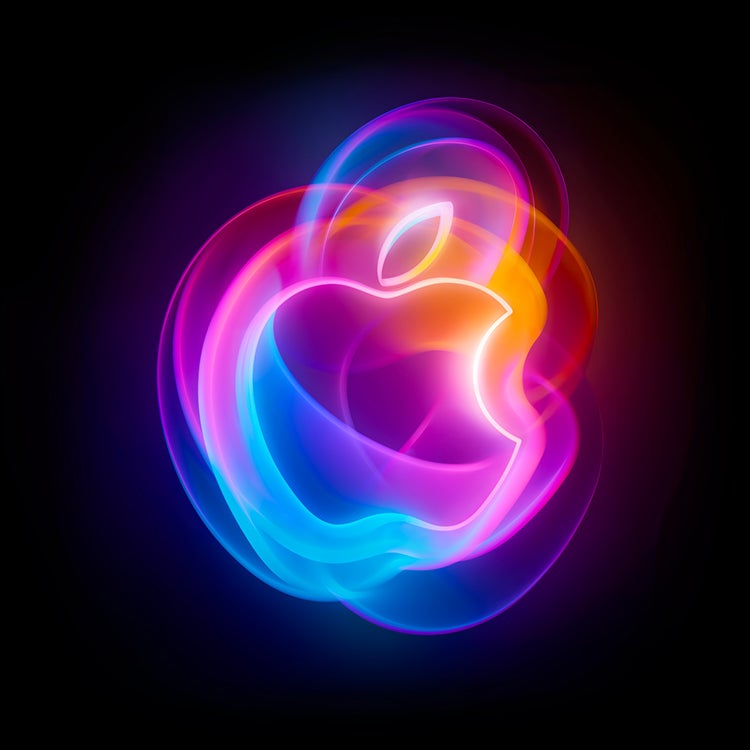


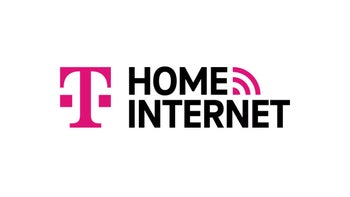

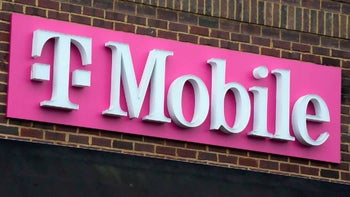
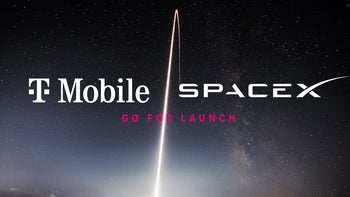



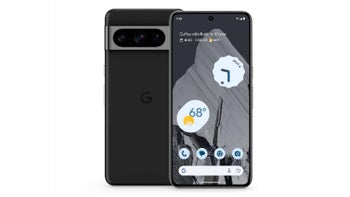
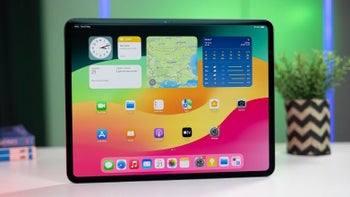
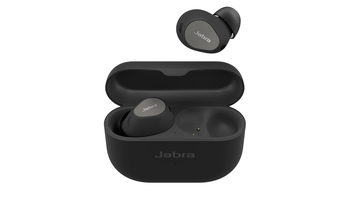
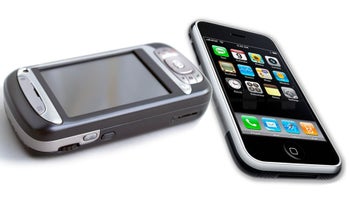






Things that are NOT allowed: